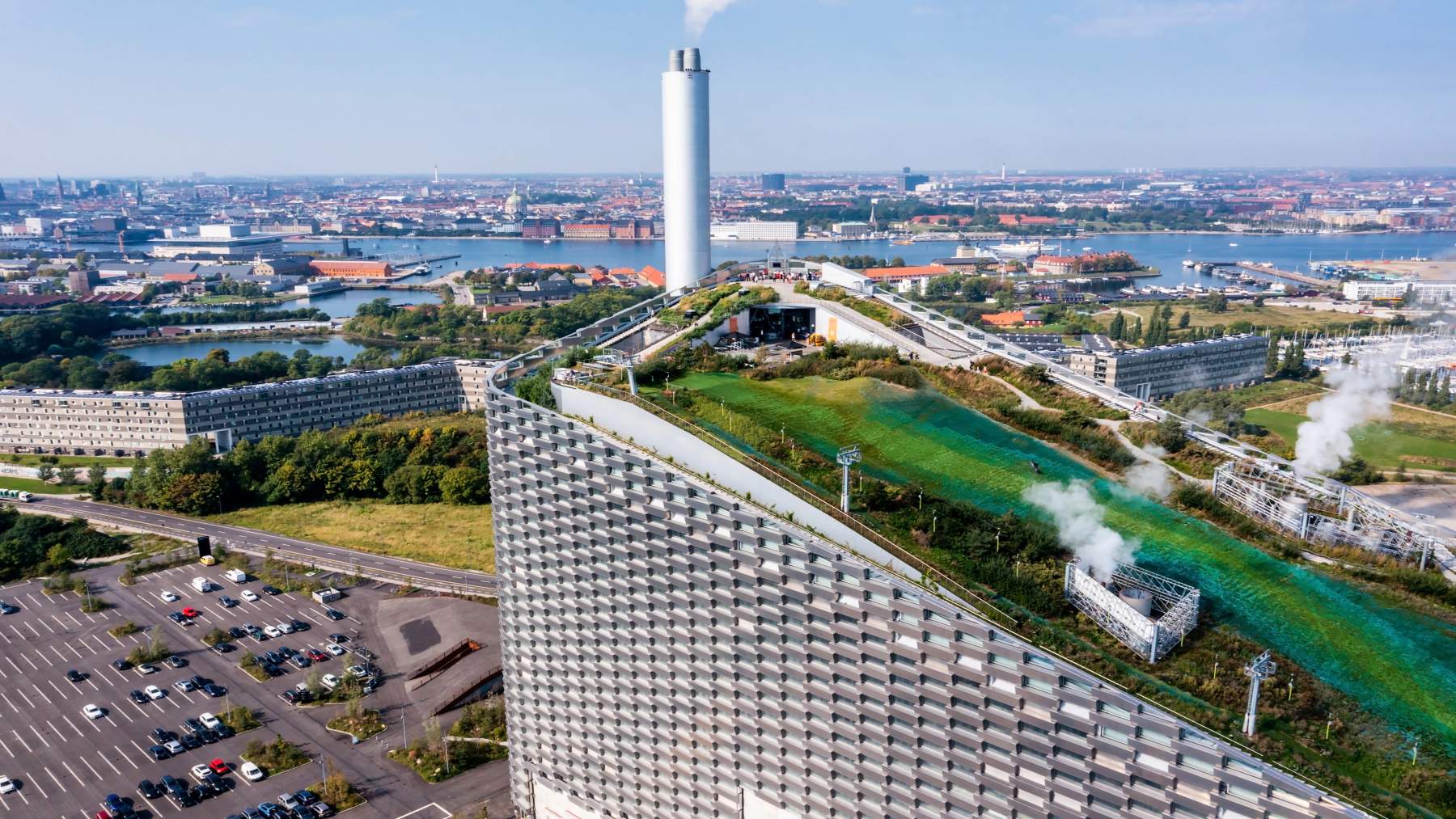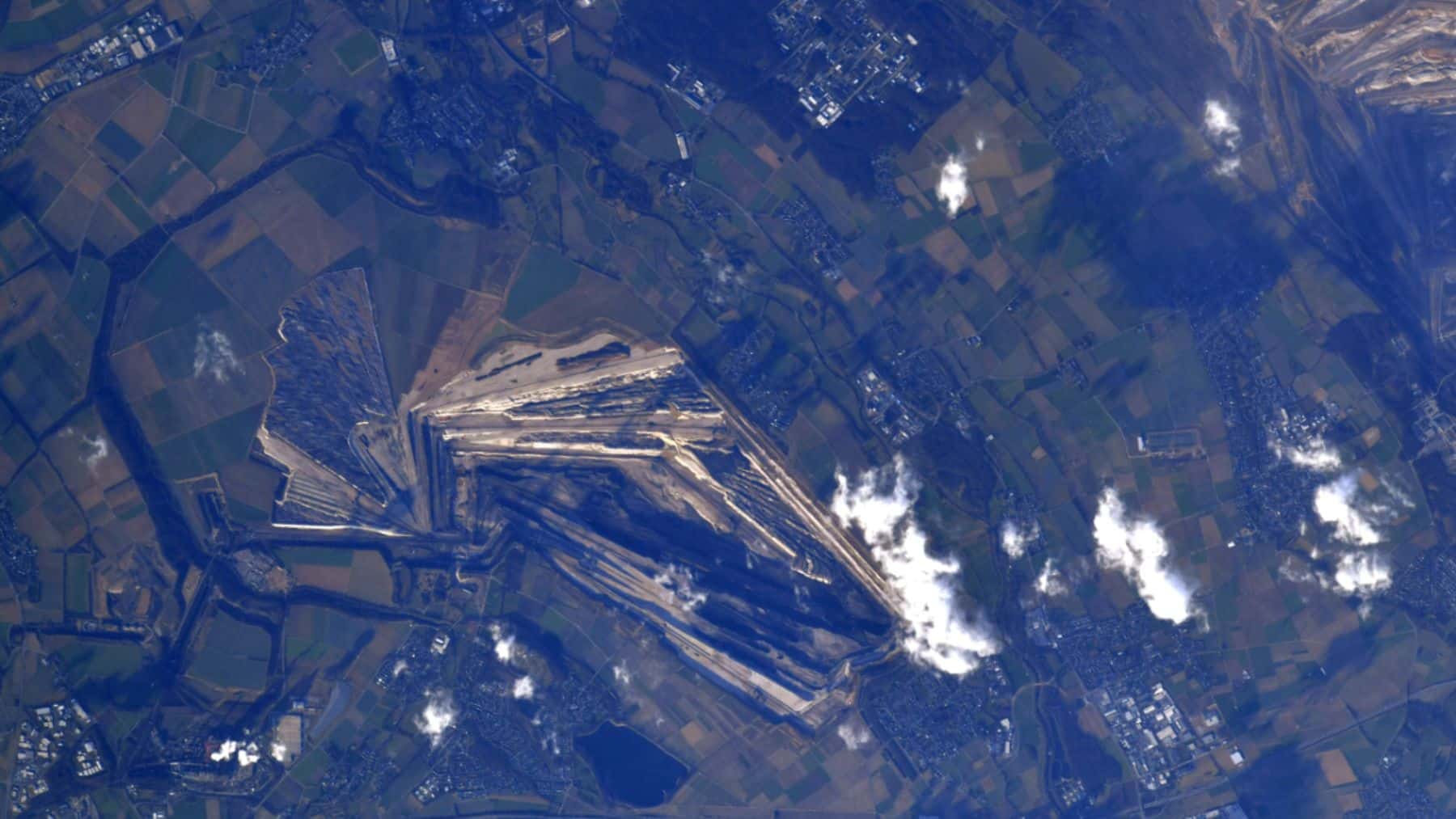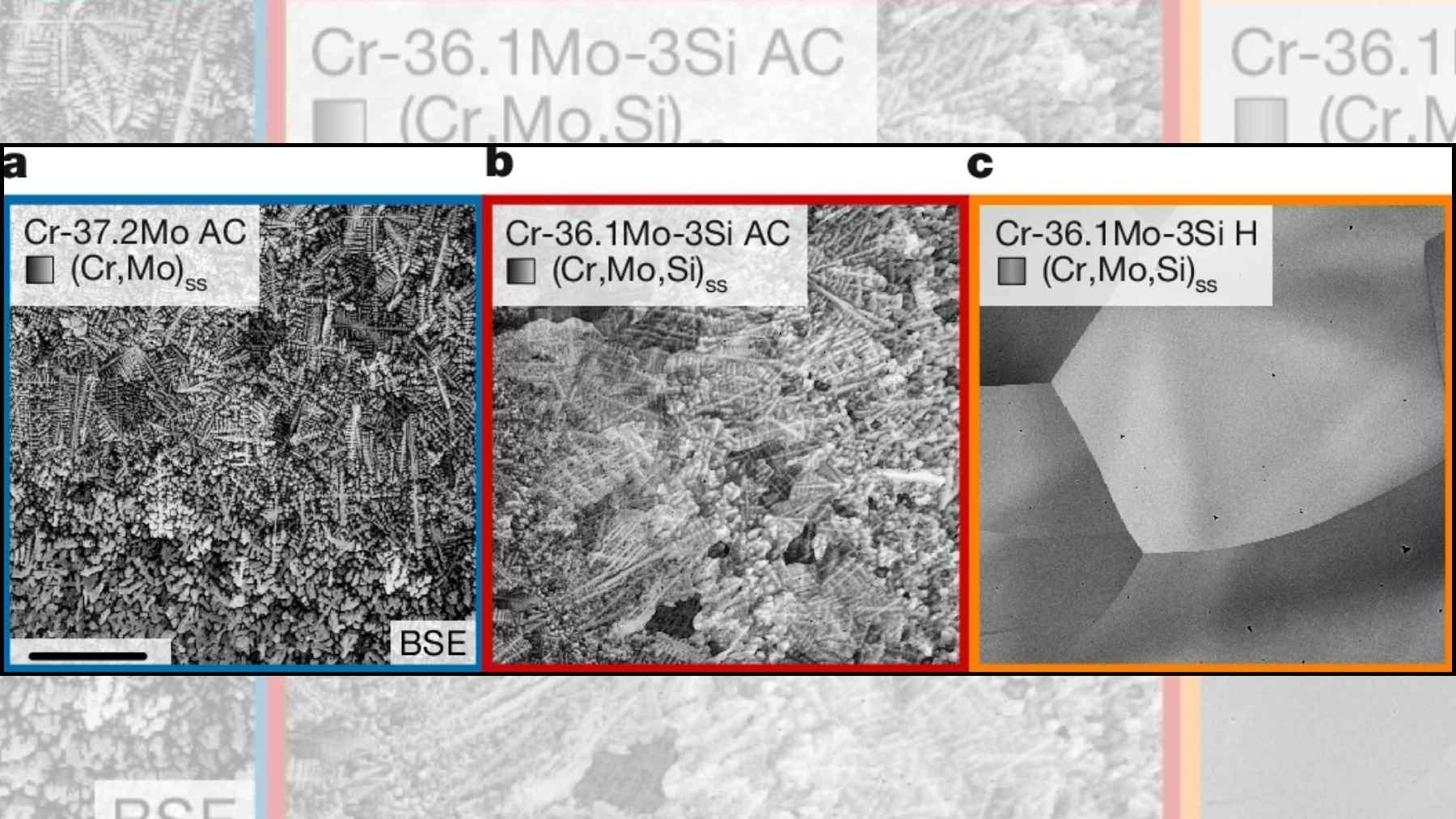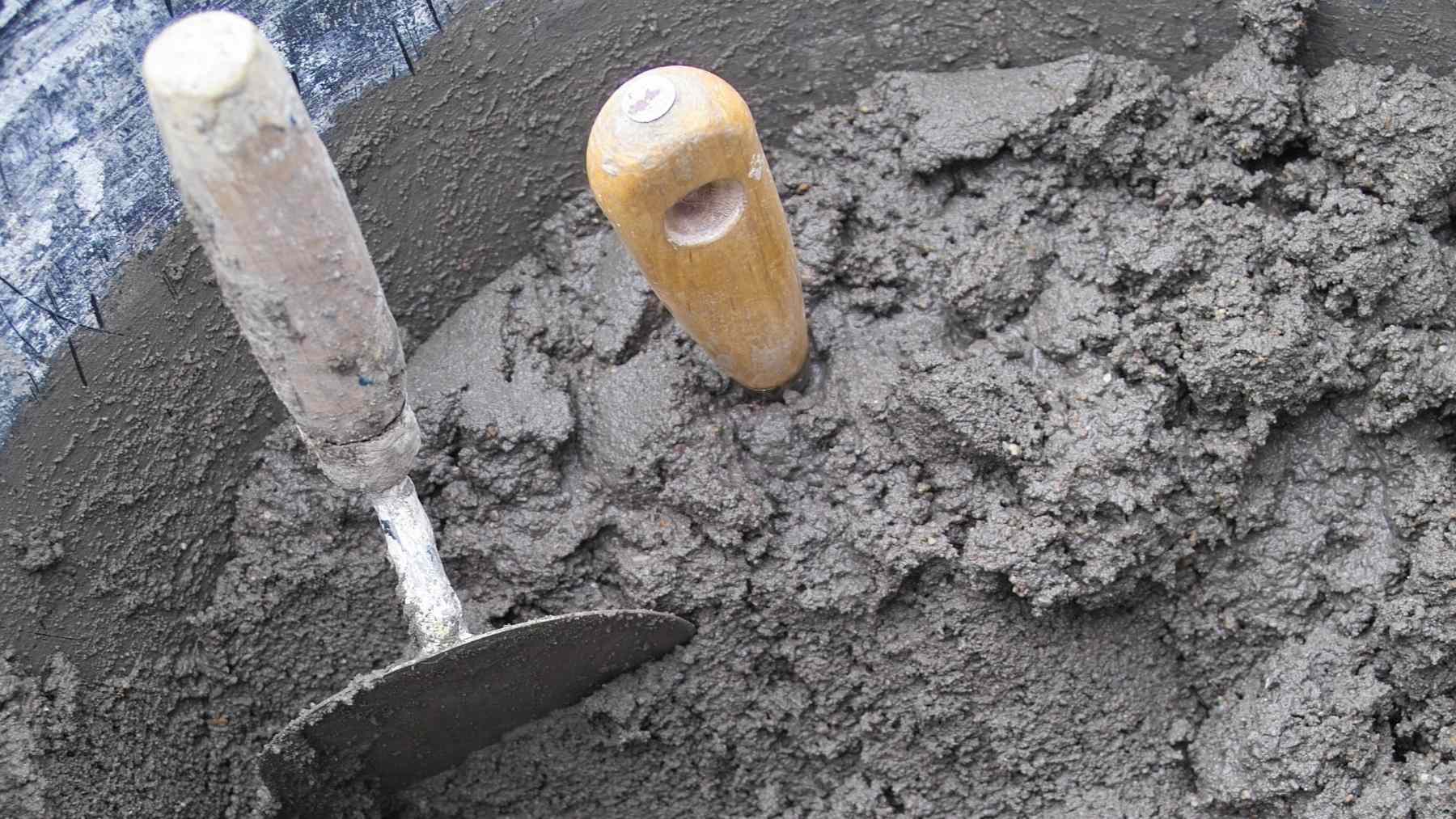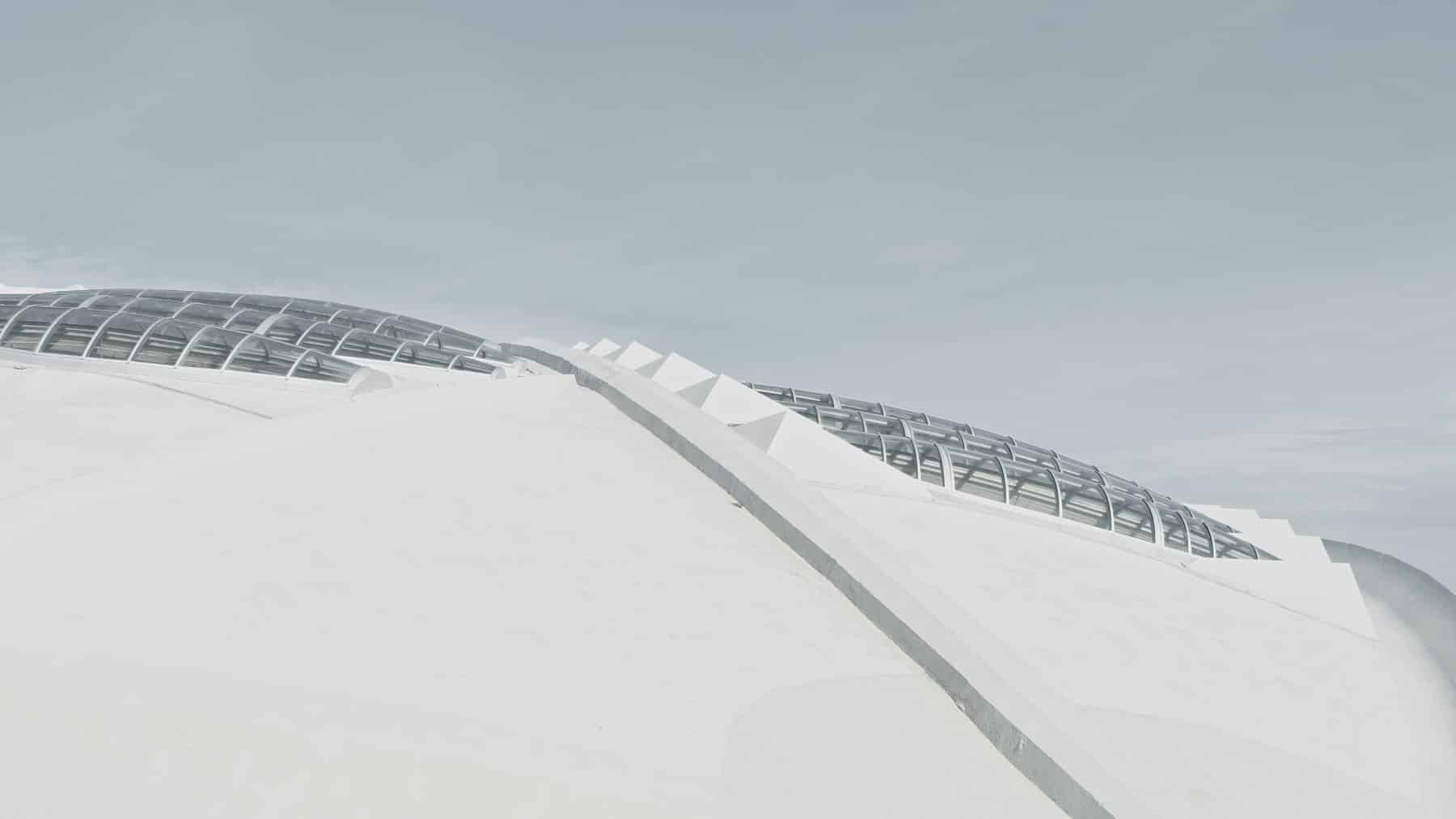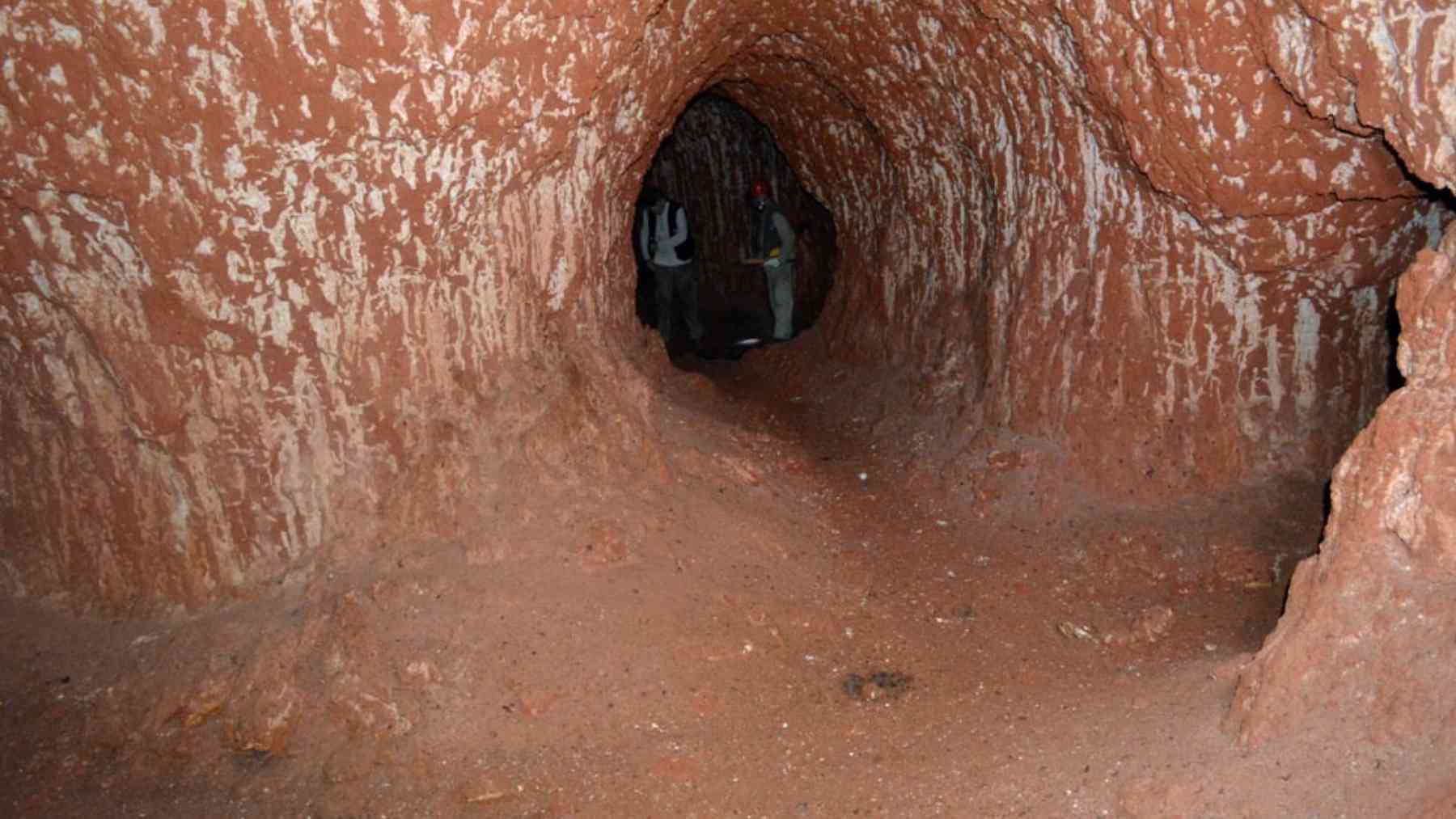Copenhagen Harbor Industrial Area is transformed into a breathtaking playground where recreational innovation and sustainability exist side by side. CopenHill or Amager Bakke is a technologically advanced synthesis of urban recreation and waste-to-energy technology that creates Denmark’s most groundbreaking architectural marvel, which surpasses all the norms of infrastructure development.
How waste-to-energy technology gives recreational space
CopenHill processes an astonishing 440,000 tons of trash annually to generate clean energy from urban waste that warms 150,000 homes in the Copenhagen metropolitan area. The cutting-edge approach of the plant combines waste incineration technology and a recreational area, and its intriguing symbiosis between urban leisure and environmental requirements. The internal structural design of the mechanical building that determines the sloping direction of the building positions furnaces, steam plants, and turbines level by level to accommodate the optimal base for recreational use at the top.
This 41,000 square meter complex replaces an old, half-century-old waste-to-energy plant with modern technologies in waste treatment and energy generation. The design transforms necessary municipal facilities into a family destination, sports fans, and foreign visitors arriving while demonstrating that industrial buildings can add to city life instead of subtracting from it.
The central facility has
- Annual waste processing: 440,000 tons processed into clean energy
- Energy output: Electricity and heat to power 150,000 homes
- Recreation space: 9,000 sq m of slopes
- Building height: 85 m with city view
Why Copenhagen adopted a hedonistic approach to sustainability
The “hedonistic sustainability” philosophy is CopenHill’s governing ethic and demonstrates how urban pleasure and recreational use can coexist with environmental management. Copenhagen’s pursuit of being the world’s first carbon-neutral city by 2025 required innovative waste management and energy-producing strategies. CopenHill realizes Copenhagen’s vision in transforming required infrastructure into a public joy-generating clean energy and social justice for Copenhageners.
It is located on Amager’s industrial harborside, where there already is space for the most extreme of thrill sports that go-karting enthusiasts and wakeboarders flock to, and CopenHill introduces skiing, hiking, and climbing to the neighborhood activities. The 85-meter climbing wall is the tallest artificial climbing wall in the world and offers world-class climbers unparalleled views of the operational waste incineration plant, and sets new world records.
“CopenHill is the new economically, ecologically, and socially worthwhile party, friends, and family destination.”
Leisure centres around the building
There are a few spots of activity on the roof, for all abilities and interests. Top skiers ski down the artificial Olympic half-pipe length slope, try out freestyle parks, or compete on timed slalom courses, while beginners learn on lower, more gentle slopes with professional coaches on hand.
How urban recreation is defined in sustainable infrastructure
CopenHill’s success demonstrates how a green facility can provide many social advantages beyond its immediate environmental advantages. The complex boasts a 600-square-meter learning center for school field trips, courses in sustainability, and workshops in nature as a hub of climate insight and sensitivity. The 10,000-square-meter green roof solves difficult microclimatic issues while cultivating biodiverse urban ecosystems that cool the air, cleanse airborne particulates, and eliminate stormwater runoff throughout the city.
Non-skiers have plenty of facilities like rooftop bars, cross-fit rooms, and the best viewing plateau in the city before swooshing down the 490-meter tree-lined walking trail in the hill country of Danish Landscape Architects SLA. Après-ski bar at the foot of the slope welcomes locals and visitors alike to socialize after recreational activities, creating social community spaces from industrial machinery.
CopenHill demonstrates that sustainable infrastructure can transcend traditional boundaries of need and enjoyment, and repurpose spaces where sustainability enhances the human experience but does not restrict it. This innovative urban planning mechanism illustrates how the demands of climate problems can be addressed while simultaneously enhancing citizens’ recreation and social bonding.
Disclaimer: Our coverage of events affecting companies is purely informative and descriptive. Under no circumstances does it seek to promote an opinion or create a trend, nor can it be taken as investment advice or a recommendation of any kind.
